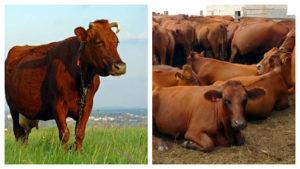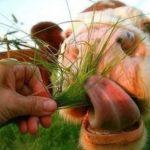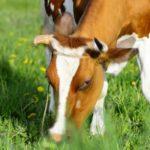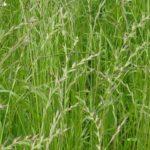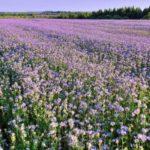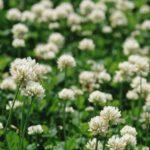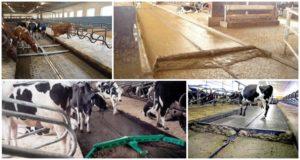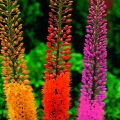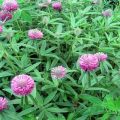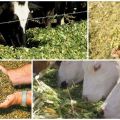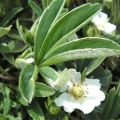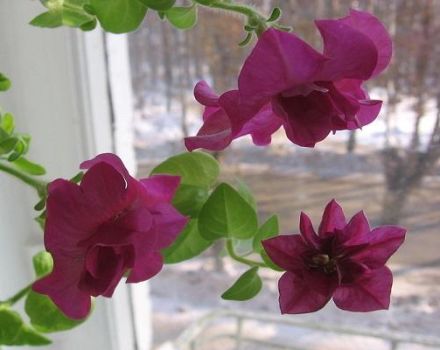What grass can and cannot be eaten by cows that are grown for livestock feed
The main food source for cattle in summer is green fodder. The product contains a lot of nutrients. But before releasing animals to pasture, it is important to find out what kind of grass cows usually eat. You also need to know about poisonous herbs that are dangerous to the health and life of cattle. Green food is used not only as summer food. Hay is also made from it, which is actively used in the winter diet.
What grass is suitable for cattle feed
There are many varieties of green food found in pastures and meadows. In addition, various types of grasses can be sown on their own, as well as feed for the winter period.
In the pastures
Pasture vegetation is divided into four categories:
- cereals;
- legumes;
- sedge;
- forbs.
90% of cereal plants can be used as food, and they are well absorbed. The rest are either poorly digested or completely hazardous to health.
Cereals are divided into the following groups:
- Hygrophiles. They grow near water or on bodies of water. This includes reeds, perennial rice, and more.
- Xerophiles. They grow in the steppe and semi-desert zone. These are fescue, feather grass and so on.
- Mesophylls. They prefer mountainous and forest areas. This group includes wheatgrass, foxtail, bent grass and others.
- Salt marshes. Inhabitants of steppes, deserts, semi-deserts. Found on salty soils. This category is represented by mulberry, rattle, coastal.
- Annual plants. Examples include oats, millet, bonfire, and more.

The next group is legumes. In the wild, they are found in forests, in flooded meadows. This type of pasture grasses are more nutritious and taste better for cows. In addition, the mowing period lasts twice as long.
The sedge category includes large, moisture-loving plants with hard foliage. In view of these properties, the grass is not among the favorite among the representatives of cattle. The sedge group includes:
- moisture-loving non-food plants;
- moisture-loving eaten;
- well eaten.
The last group of pasture plants is forbs. Includes more than a thousand families, representatives of which grow in mountainous and forest areas, as well as in deserts and semi-deserts.Of these, about half are well-eaten plants, about 40% are poorly absorbed and about 10% are poisonous. The most popular herbs in this category are wormwood, dandelion, coltsfoot, horsetail, and yarrow.
What can you sow?
Forage grasses are specially grown on artificial pastures, including:
- Annuals:
- Sudanese grass is a cereal plant whose bush reaches 0.5-3 meters in height; characterized by a light green color of leaves with a lanceolate shape;
- ryegrass - grass can reach one meter in height; leaves are light green, elongated;
- white mustard - grows up to one meter in height; the stems are covered with hairs; during the flowering period, the bush is framed with white or yellow flowers;
- spring vetch - the height is one meter; creeping shoots; the plant is high in protein;
- phacelia - the stem reaches a height of 0.6-0.9 meters.
- Perennial herbs. The advantage of these plants is that they do not need to be planted every year. Among the most common representatives:
- alfalfa is a winter-hardy and drought-resistant plant characterized by medium height, ellipsoidal green foliage and purple flowers;
- white clover - has creeping shoots, can grow on clay and sandy soils, quickly adapts to various habitat conditions;
- sandy sainfoin - the length of green shoots can reach 0.8 meters, foliage is green, bare at the top, pubescent at the bottom;
- meadow bluegrass is a green bush, reaching a height of 0.7 meters.
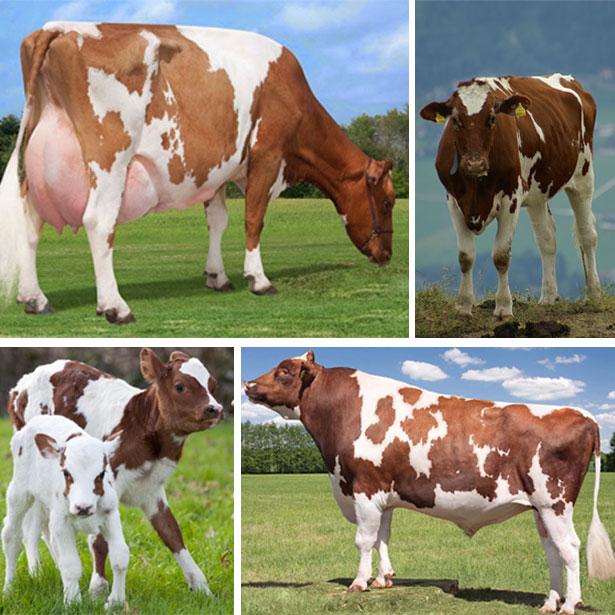
Artificial pastures are of two types:
- short-term;
- long-term.
Cultivated pastures are of the following types:
- legumes;
- cereals;
- cereals and legumes.
The choice of crops to be planted is determined by many factors, for example:
- climatic conditions;
- type of soil;
- moisture and acidity of the soil.
What can be made from grass?
In winter, cattle have to be given pre-prepared feed. There are four varieties of herbs for winter feeding:
- Hay. Rough forage, the proportion of moist grasses in which is no more than 17% To prepare it, do the following:
- mowing grass in pastures;
- dry plants in the sun;
- turn them over with a rake from time to time;
- collect grass in sheaves or press;
- stored in a clean and dry place.
- Straw. It is made from dry stalks of legumes and cereals. The humidity level is 20%.
- Silage. The vegetation is processed by lactic acid bacteria. Humidity - 60%. The workpieces are placed in a special pit, roots, vegetables and sourdough are also laid there. Then it is pressed, covered with a film and a month later, the finished product is obtained. Silage has a yellowish tinge, gives off a sweet smell.
- Haylage. Humidity is 55%. Legumes and legumes and cereals are used for the preparation of feed.
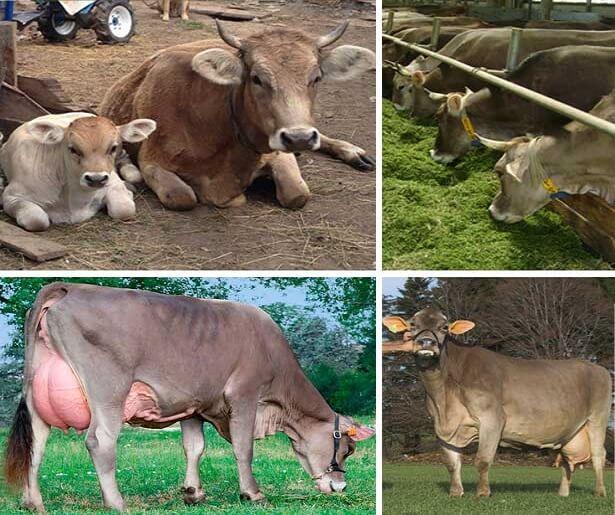
Herbs Poisonous for Cows
The following types of plants should not be given to cows:
- marsh wild rosemary (paralyzes vital organs);
- warty euonymus (in small quantities provokes bloating and diarrhea, in large doses leads to death);
- henbane black (causes convulsions, violent behavior, swelling of the scar);
- speckled hemlock (causes weakness, central nervous system paralysis, death);
- milestone poisonous (paralyzes the respiratory tract, provokes increased salivation);
- buttercup anemone (affects the excretory system and gastrointestinal tract);
- stinking dope (causes paralysis, leads to malfunctions of the heart and brain);
- St. John's wort (the cow develops tumors);
- buttercups (the plant provokes diarrhea, bloating);
- gusset (paralyzes the central nervous system, leads to dysfunction of the cardiovascular system, provokes vomiting and diarrhea).
Feeding livestock with green fodder is the most important component in keeping animals. Both natural and artificial pastures can be used.But at the same time it is necessary to know which plants are suitable for feeding cows, and which are harmful and life-threatening.
